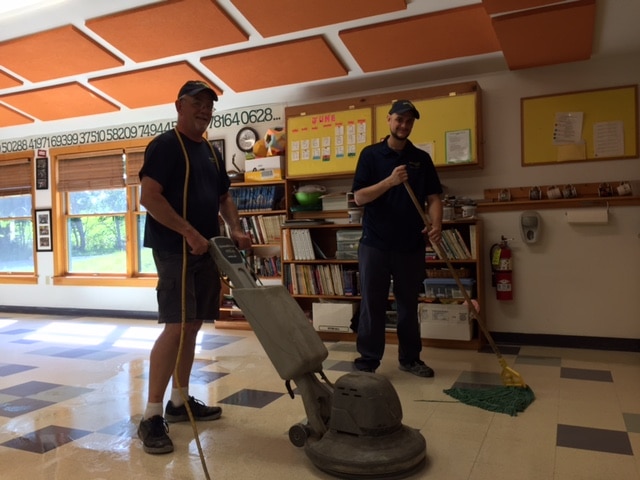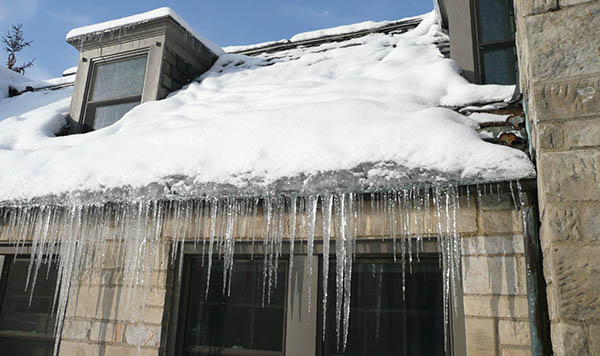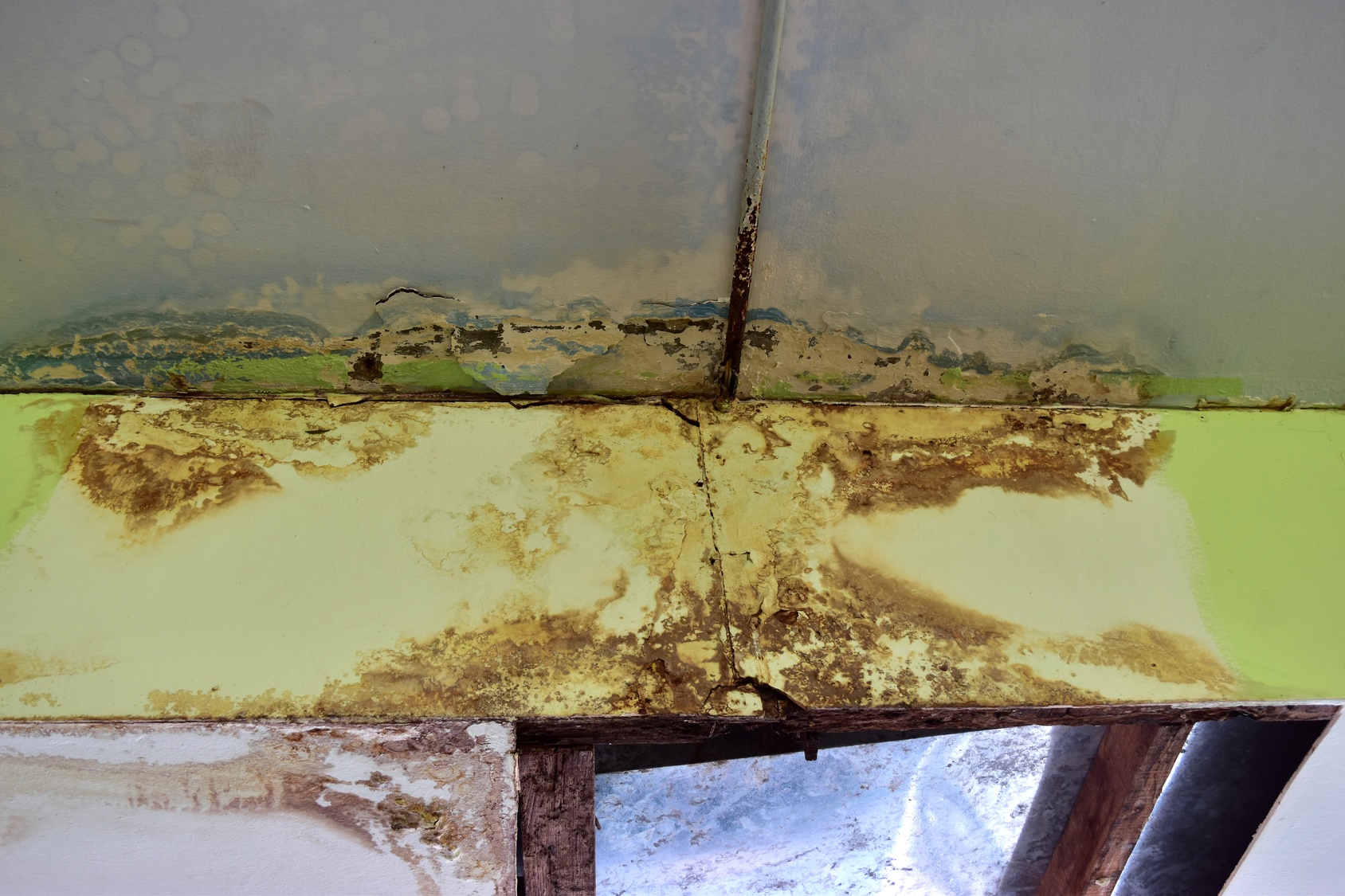5 Tips for Minimizing the Cold, Flu, and Allergies in Schools
Schools are a place for learning and education. Masses of children and young adults gather together in numerous rooms to further their knowledge. But with such a large amount of people in the same place, it’s easy for germs to spread and illnesses to move from person to person. The germs that come from a cough or sneeze can go a long way and allow the flu or cold virus to spread.
With the school year well underway, flu season has begun and will only worsen the further into the season we get. In fact, school-aged children are among those people who have a high rate of catching the flu. Knowing this, school administrators and other staff members working in schools should do what they can to minimize such illnesses.
Continue reading to learn more about how you can help minimize cold, flu, and allergies in schools.
1. Educate Others About Germs and What to Do If Someone’s Sick
Anyone who works in a school or educational setting knows the importance and power of education, and this lesson should be applied to more than just English, history, and math. Schools should educate their students, their parents, staff, and faculty on germs and what should be done when you’re sick.
With the accurate knowledge, some people, especially younger children, may not realize the severity of germs and how harmful they can be. If people don’t know how bad germs can be, then they might not take the necessary actions to stop germs from spreading. Regardless, it’s good to present the information again to reiterate the harm of germs.
Make it known, too, that when you’re sick, you should stay home from school to prevent others from catching your germs. Teach students and staff to look out for signs of illness, especially if it’s the flu. Some symptoms of the flu include a fever above 100.4° F, sore throat, nasal congestion, and headache among others. Those individuals who are sick should be separated from others until they can be picked up to head home. This will prevent the sick individual from spreading their germs.
If you notice someone has flu symptoms, then they should stay home for at least 24 hours after their fever has passed.
2. Encourage Actions that Prevent Germs from Spreading
One of the best ways to prevent illnesses is to stop germs from spreading and to practice healthy actions. Teach students and staff proper hand washing. When washing your hands, you should use soap and water, washing for at least 20 seconds, and lathering both sides up to the wrists. Use a paper towel to dry your hands, and then use the paper towel to turn the faucet off.
To better instill these practices in your school, consider hanging up informative diagrams about hand washing in your bathrooms. Make sure bathrooms are readily stocked with soap and paper towels to ensure people are able to wash their hands properly. Alcohol-based hand sanitizer that is at least 60 percent can be used as a substitute, but only if there’s no soap and water to wash your hands with.
Teach students and staff to also cover up coughs and sneezes with a tissue or their bent arm instead of using their hand. If such germs get on their hand, then it’s very easy for them to spread to whatever you touch.
3. Conduct Routine School Cleaning
It’s impossible to stop germs from spreading, especially in schools where there are large amounts of people occupying a space. But that doesn’t mean you can’t do what you can to limit the amount of germs that stay present.
Use standard cleaning products to clean objects and surfaces throughout the school. The objects and surfaces that see regular contact are those that must be cleaned most. This includes doorknobs, desks, computer keyboards, and more. With such cleaning efforts, you limit the potential for germs to stay, spread, and harm others.
4. Encourage Yearly Flu Vaccines
The most effective form of protection against the flu is to get a flu vaccine every year. That being said, unless the flu vaccine would cause issues for an individual, everyone 6 months old and older is recommended to get a yearly flu vaccination. Knowing this, school administrators should advise their staff, faculty, and students to get the flu vaccine.
To further encourage this action, consider offering the vaccine at the school. You can have the school partner with local public health departments, and you can think about partnering with other community groups to increase these efforts.
The vaccine is designed to protect an individual against three to four different types of the influenza virus. Trivalent influenza vaccines, which cover three virusesViruses are microscopic infectious agents that can only repr... More, are more commonly manufactured by various companies. But there are some quadrivalent flu vaccines, which protect against four different virusesViruses are microscopic infectious agents that can only repr... More. The particular virusesViruses are microscopic infectious agents that can only repr... More the vaccine protects against are those that research says will be most dominant for this particular flu season.
As with any shot, flu vaccines do have side effects, but the common ones are mild: soreness, swelling, redness, and tenderness.
Flu vaccines usually begin as early as mid-October and should be offered up until January, if not later in the year.
5. Get Professional School Cleaning Services
With the amount of people who spend time in schools and other educational institutions, these places can not only get dirty quickly, but they can also be filled with harmful germs that cause illnesses. Because of this, it’s important to clean your school. Otherwise, the school is poorly maintained, and there’s a greater chance that students and staff can become sick. If you have a janitorial staff on hand, then they’re responsible for regular cleaning and keeping the place tidy. However, sometimes you need a more extensive school cleaning.
If your school or educational institution is in need of thorough cleaning, seek help from professional school cleaning services. Professionals use green cleaning products to eliminate germs, dirt, and other debris and to create a safe, healthy environment for students and staff. With professional school cleaning services, students and staff will have better health and fewer absences.












